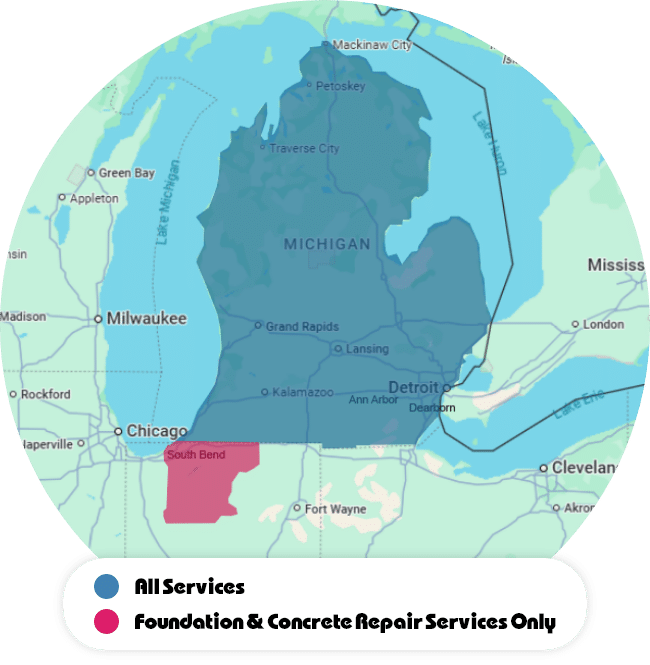
Enter your Zip Code to see if we serve your area:
Our Service Area
Proudly Serving Michigan & Indiana
We serve the following areas
Indiana
- Argos
- Culver
- Delong
- Donaldson
- Francesville
- Grovertown
- Hamlet
- Hanna
- Kewanna
- Kingsford Heights
- Knox
- La Crosse
- La Porte
- Lakeville
- Lapaz
- Leiters Ford
- Medaryville
- Michigan City
- Mill Creek
- Monterey
- New Carlisle
- North Judson
- North Liberty
- Ora
- Plymouth
- Rochester
- Rolling Prairie
- San Pierre
- Star City
- Tyner
- Union Mills
- Walkerton
- Wanatah
- Westville
- Winamac
- Baroda
- Berrien Springs
- Bridgman
- Buchanan
- Galien
- Harbert
- Lakeside
- New Buffalo
- New Troy
- Saint Joseph
- Sawyer
- Sodus
- Stevensville
- Three Oaks
- Union Pier








